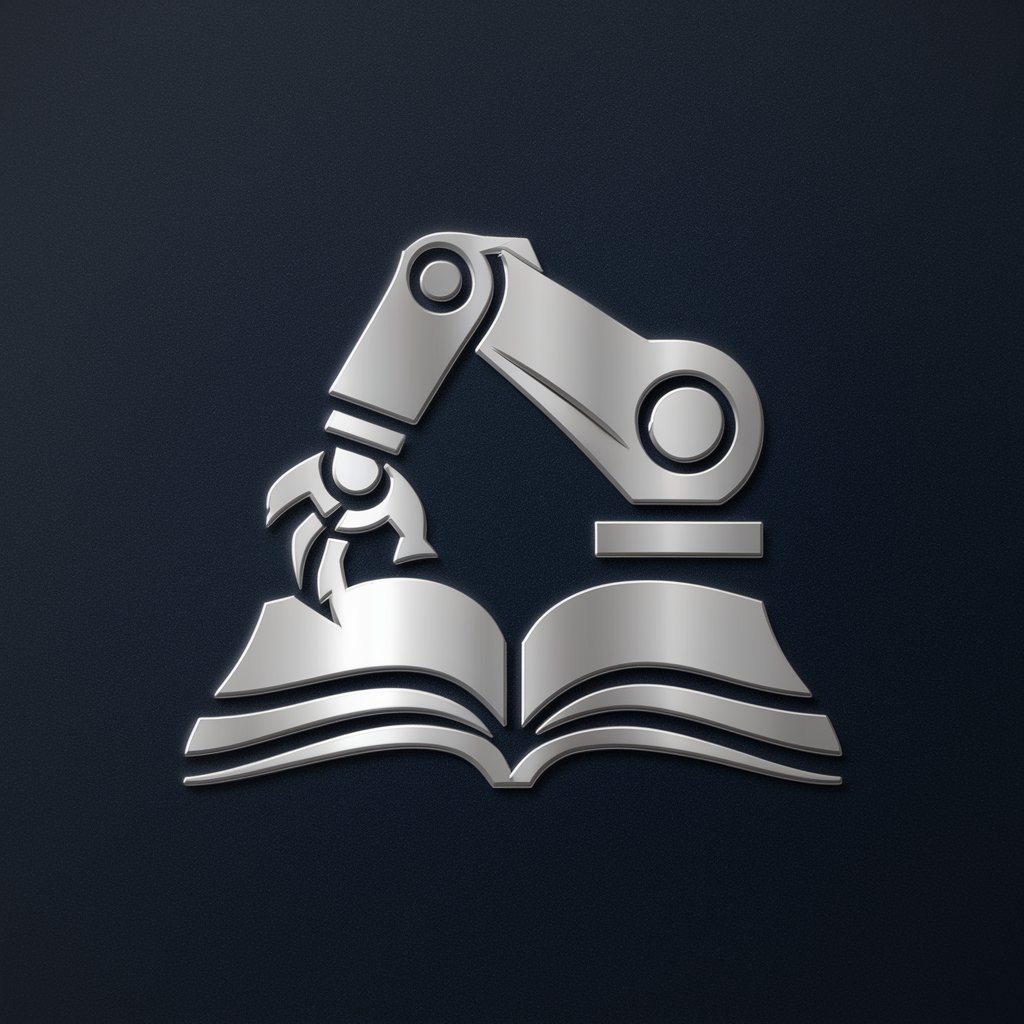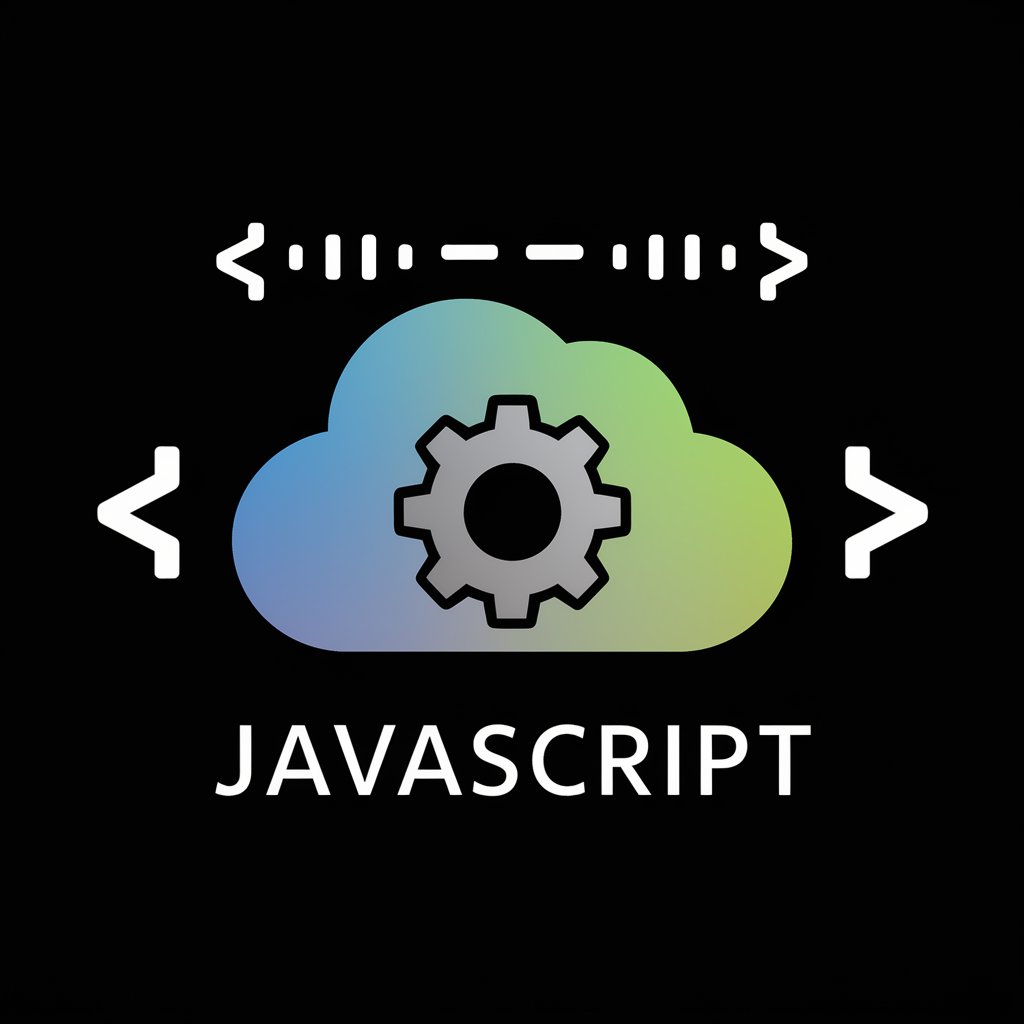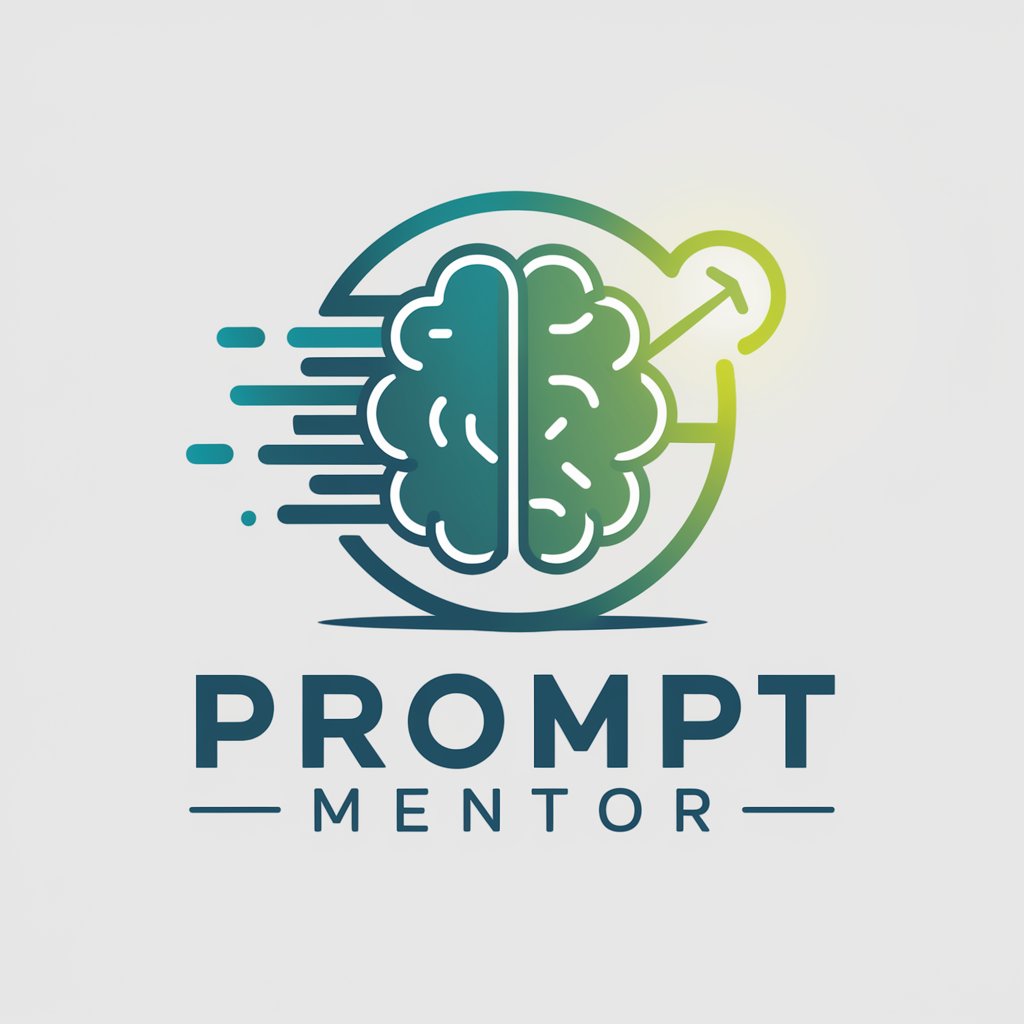
Robot Modeling and Control Tutor - AI-Powered Robotics Tutor

Welcome! Let's dive into the world of Robot Modeling and Control.
Empowering Robotics Mastery with AI
Explain the basic methodology for analyzing and designing robotic manipulators.
How do homogeneous transformations apply to robot kinematics?
What are the key differences between various classifications of robots?
Describe the process of trajectory planning for robotic arms.
Get Embed Code
Overview of Robot Modeling and Control Tutor
Robot Modeling and Control Tutor is a specialized educational tool designed to assist students, researchers, and professionals in the field of robotics. It focuses on delivering detailed explanations and insights into the methodologies used for the analysis and design of robotic manipulators. This includes a deep dive into the classification of robots, homogeneous transformations, kinematics, dynamics, trajectory planning, and control systems, alongside their applications in areas like flexible manufacturing. Through a combination of theoretical knowledge and practical examples, it aims to enhance understanding and facilitate the development of skills required to address real-world robotics challenges. For instance, it can guide a user through the process of designing a control system for a robotic arm, explaining each step from the mathematical modeling to the implementation of control algorithms. Powered by ChatGPT-4o。

Key Functions and Real-World Applications
Homogeneous Transformations and Kinematics
Example
Teaching how to calculate the position and orientation of a robot's end effector in a 3D space.
Scenario
Assisting a student in designing a robotic arm for assembly tasks, where precise movement and placement of parts are critical.
Dynamics and Trajectory Planning
Example
Explaining how to model the forces and torques acting on each joint of a robot for efficient movement planning.
Scenario
Guiding a researcher in developing a new algorithm for optimizing the path of an industrial robot to reduce cycle time and energy consumption.
Control Systems Design
Example
Illustrating the process of designing and tuning PID controllers to improve the stability and performance of robotic systems.
Scenario
Consulting with an engineering team to enhance the precision and responsiveness of a robotic manipulator used in a surgical robot.
Target User Groups
Upper Division and Graduate Students
Students specializing in robotics or related fields who seek to deepen their understanding of robot modeling, control, and applications in coursework or research projects.
Researchers and Academics
Individuals conducting research in robotics who require comprehensive insights into advanced modeling techniques, control algorithms, and their practical applications.
Industry Professionals
Engineers and professionals working on the development and application of robotic systems in manufacturing, healthcare, and other sectors, looking to enhance their skills or solve specific technical challenges.

Guidelines for Using Robot Modeling and Control Tutor
Start Your Journey
Initiate your exploration by accessing a free trial at yeschat.ai, where you can engage with Robot Modeling and Control Tutor without the need for a ChatGPT Plus subscription or even logging in.
Define Your Objective
Identify and articulate your specific learning goals or challenges related to robot modeling and control to ensure focused and productive sessions.
Engage with the Tutor
Interact directly by asking specific, detailed questions. The more precise your questions, the more tailored and useful the tutor's responses will be.
Apply Concepts
To solidify your understanding, apply the concepts and solutions provided by the tutor to practical problems or hypothetical scenarios in the field of robotics.
Review and Reflect
Regularly review the concepts discussed and reflect on their applications to reinforce learning and identify areas for further exploration or clarification.
Try other advanced and practical GPTs
Healthy Choice
AI-powered dietary decisions at your fingertips.

Dream Insight Guru
Unlock Your Dreams' Secrets with AI

Quantum Oracle
Unlocking the mysteries of quantum physics with AI

Data Insight
Unlock Insights with AI-Powered Analysis

Slovenia Luxury Travel Planner
Tailoring Your Dream Slovenian Luxury Journey

Elevate Your JS: Cloud-Optimized JavaScript
Optimize JavaScript for the Cloud, Effortlessly

PROMPT for Brands GPT
Empower Your Brand with AI

Mental Wellness App
Empowering Your Mental Wellness Journey with AI

Roemmele's Debate Professor
Sharpen your debate skills with AI

PR Expert - Luxury Boutique Hotel
Elevate Your Luxury Hotel's Story

Prompt Mentor
Empowering Your Ideas with AI

Live Comedy Artist
AI-powered Personalized Comedy

Robot Modeling and Control Tutor Q&A
What foundational knowledge is necessary to effectively use the Robot Modeling and Control Tutor?
A basic understanding of mathematics (especially linear algebra and calculus), physics (particularly mechanics), and some programming knowledge is beneficial. Familiarity with robotic concepts is not mandatory but can enhance the learning experience.
How can this tutor aid in understanding complex robotic manipulations?
The tutor breaks down complex concepts into manageable segments, using step-by-step explanations, practical examples, and visual aids when necessary, to clarify the principles of robotic manipulations, including kinematics, dynamics, and control algorithms.
Is the Robot Modeling and Control Tutor suitable for both theory and application-based learning?
Absolutely. The tutor is designed to offer a comprehensive understanding that encompasses both theoretical foundations and their practical applications, facilitating a holistic learning experience in robot modeling and control.
Can the tutor provide assistance with academic projects or research in robotics?
Yes, the tutor can offer guidance on academic projects and research, including topic selection, methodology formulation, and problem-solving strategies, ensuring a robust and innovative approach to robotics research.
How does the tutor stay updated with the latest advancements in robotics?
The tutor continually integrates the latest research, technologies, and best practices in robotics into the learning materials, ensuring the information provided is current and relevant to the evolving field.